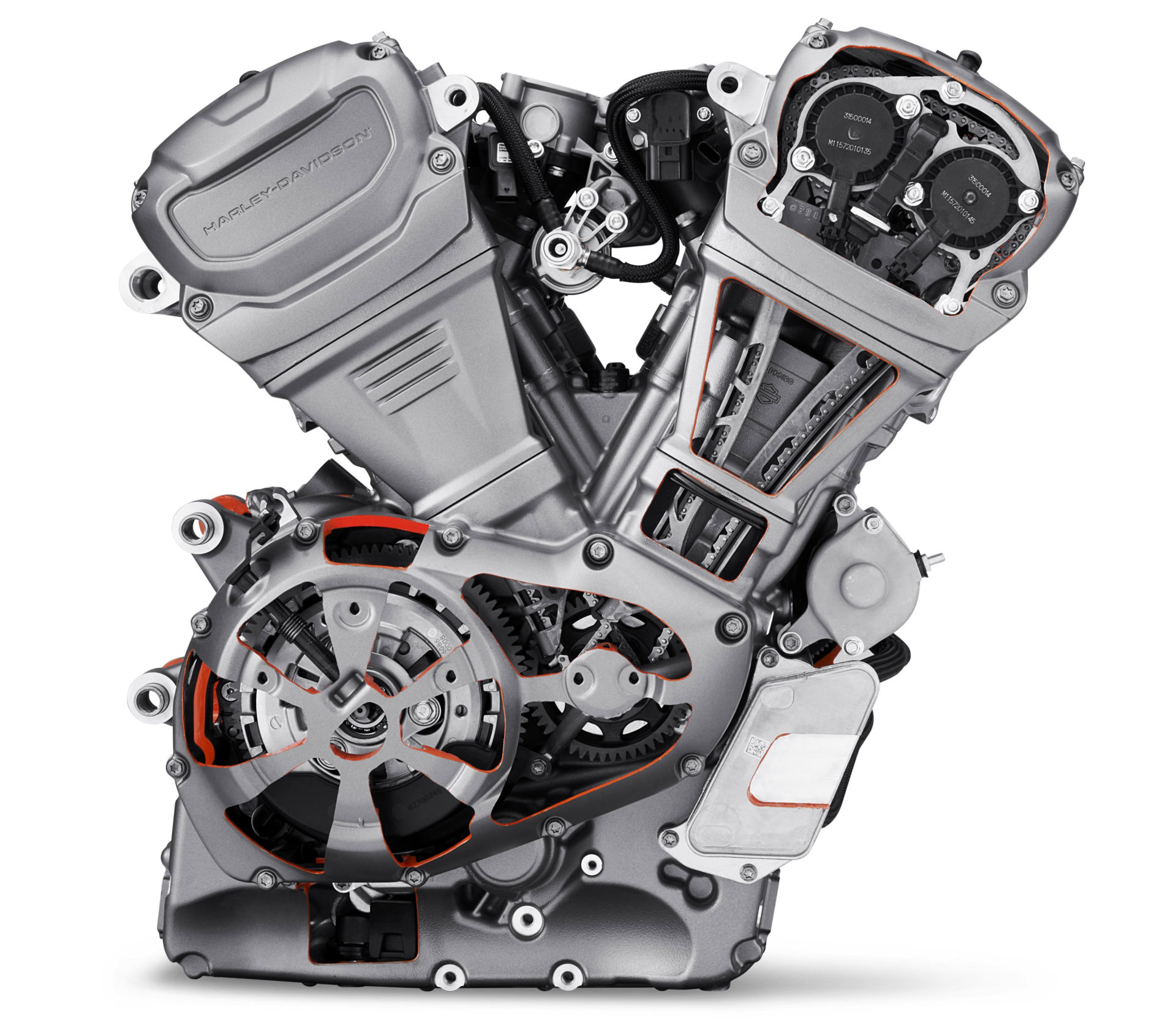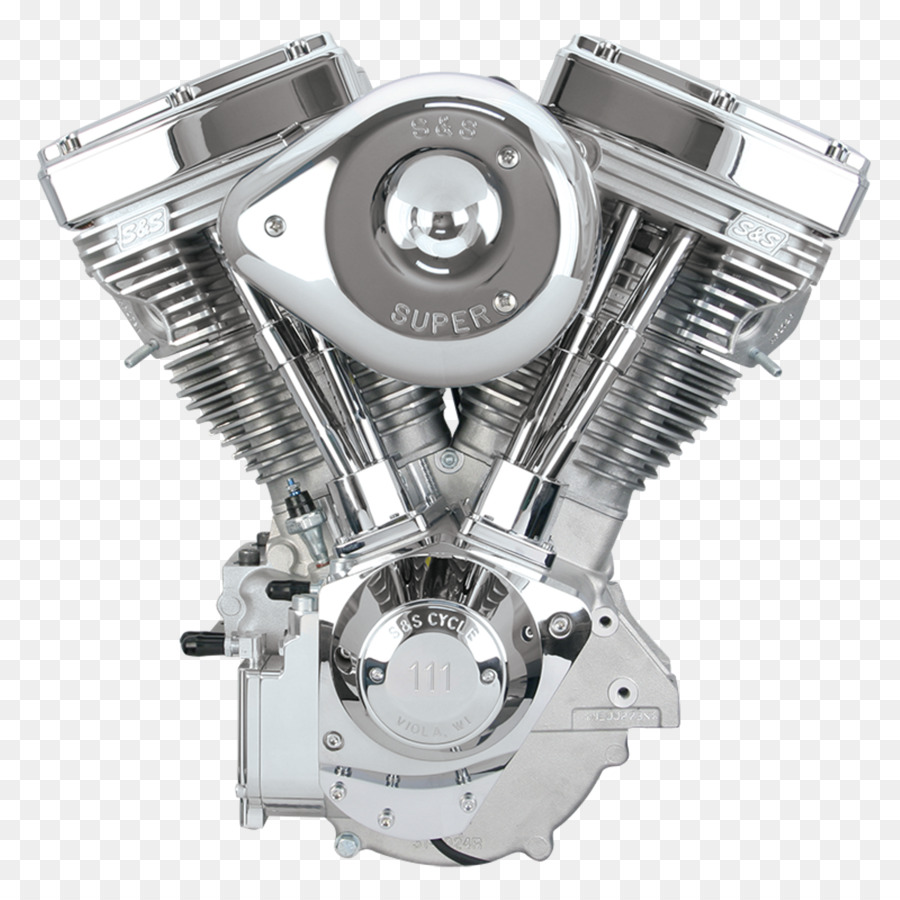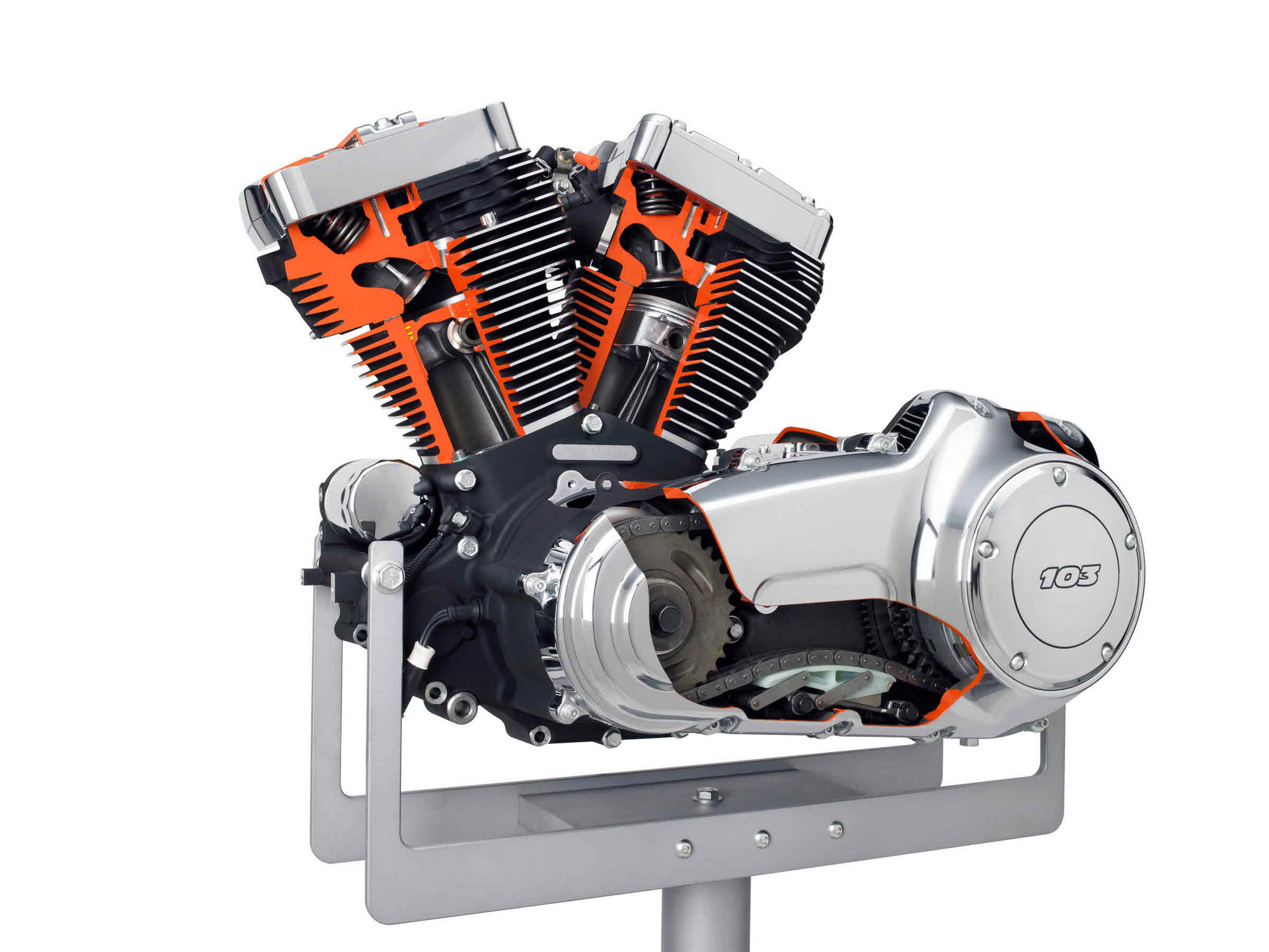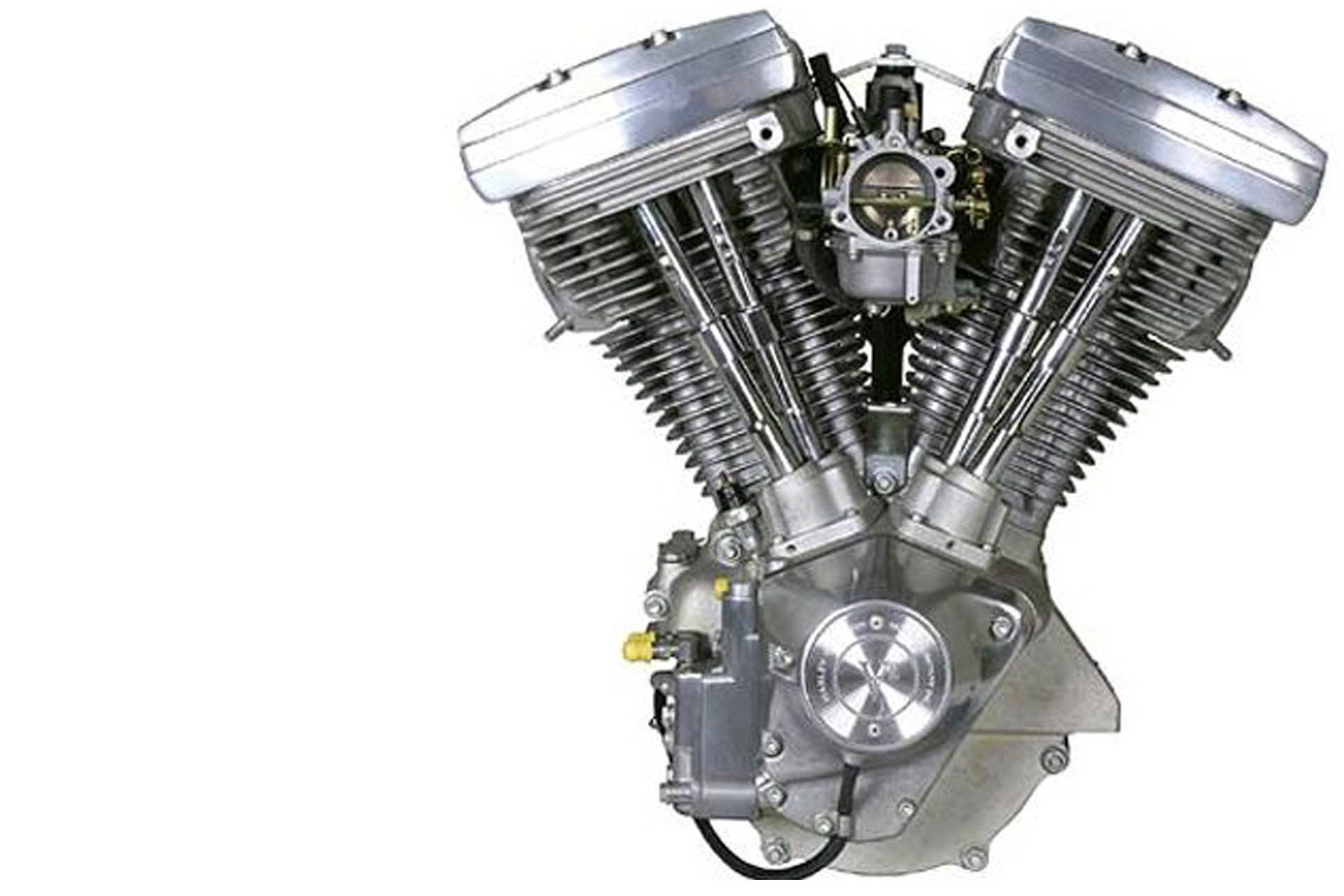Harley Davidson Engine V Angle
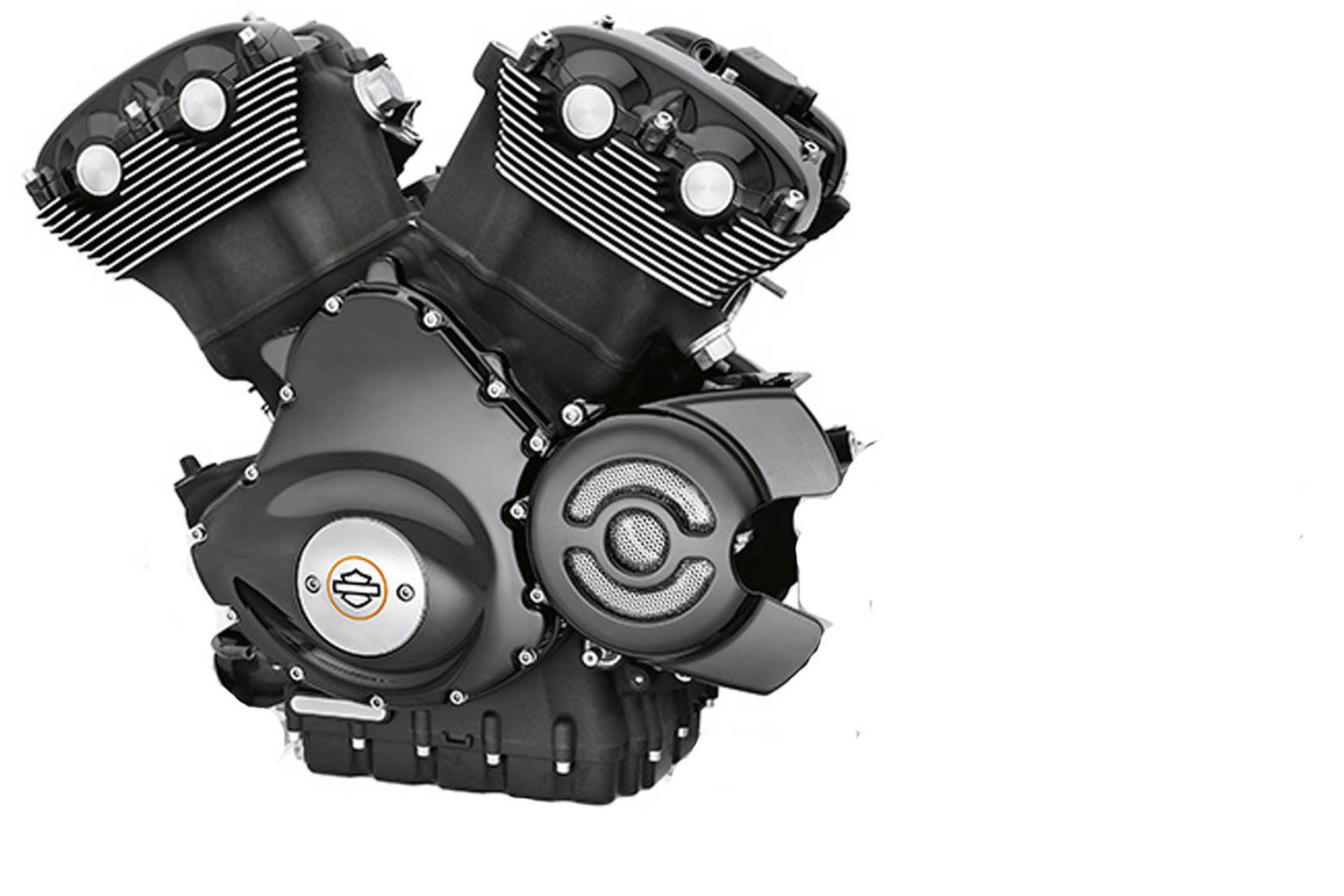
The engines have overhead valves that are activated by camshafts in the crankcase.
Harley davidson engine v angle. Using a 60-degree V-angle thats smack between the traditional 45-degree Harley layout and the 90-degree design from the likes of Ducati the Revolution Max strikes a balance. So we tried to locate some great harley davidson v twin engine. The cylinders were placed at a 60-degree angle rather than the 45 degrees that.
By Sagar Patil on January 30 2020 1130 LISTEN 0302. Harley-Davidson has been giving. Actually we have been noticed that harley davidson v twin engine diagram is being one of the most popular issue right now.
Almost all V8s have a 90 degree angle between the cylinders which almost completely eliminates vibration with the proper counterweights. The Harley-Davidson Motor Company is most closely associated with the familiar 45-degree air-cooled V-twin engine configuration. Of torque with a peak rpm of 9500 and a 131 compression ratio.
The classic Harley-Davidson engines are V-twin engines with a 45 angle between the cylinders. The V-Twin features a 1250cc displacement with a bore and stroke of 413 105mm x 283 72mm and is capable of 150 horsepower and 94 ft-lbs. A new engine was developed in which the camber angle of the cylinders began to be 60 degrees and in classic Harley Davidson engines the camber angle is always 45 degrees.
Those were some lean years at the Motor Company with the economy crashing around it and the V4 seemed to disappear as did talk of the project. The 810cm³ and 7 PS strong V-Twin engines are only produced in a small series of 27 pieces. William Harleys new V-twin engine was effectively two 440cc singles joined together on a common crankshaft creating an 880cc engine with almost double the power at 7hp.
The difference in the Harley engine is that the crankshaft has only one pin and both pistons connect to it. Harley-Davidsons Revolution Max 1250 engine was assembled at the companys Pilgrim Road Powertrain Operations facility in Wisconsin. Until 2001 Harley-Davidson had been devotedly married to the two-cylinder V-twin design with a 45-degree angle between the cylinders.
